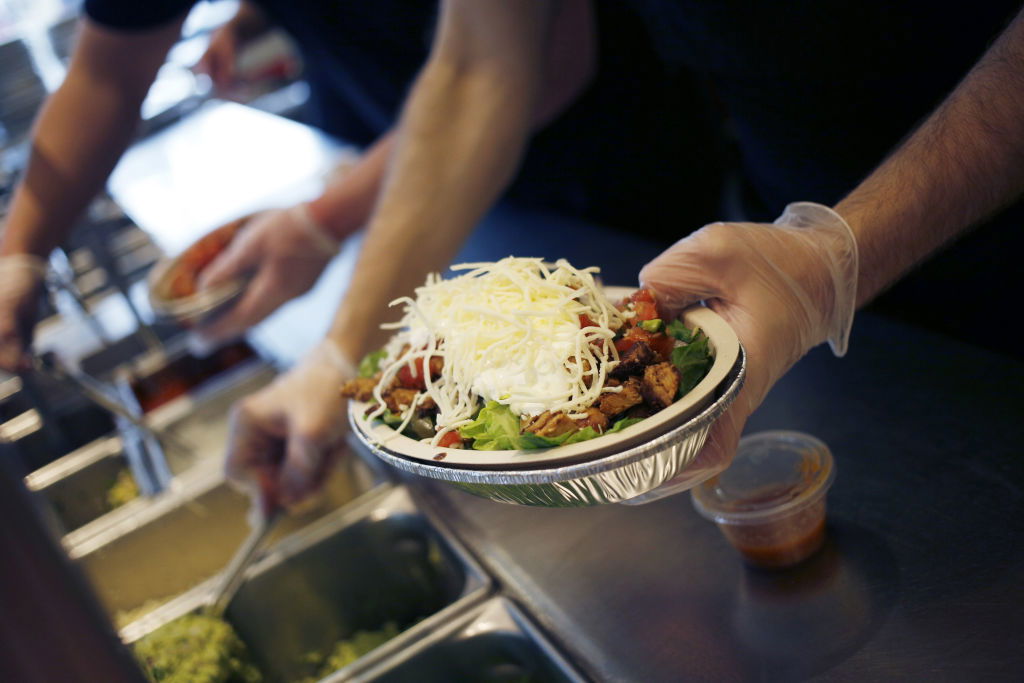Black and white workers on strike have common enemy, activists say
“Looking at justice through an economic justice lens also forces us…to look at it through the lens of race,” Nina […] The post Black and white workers on strike have common enemy, activists say appeared first on TheGrio.

“Looking at justice through an economic justice lens also forces us…to look at it through the lens of race,” Nina Turner, founder of We Are Somebody, told theGrio.
In 2023, more than 450,000 Americans have gone on strike in what some labor and racial justice advocates see as a burgeoning revolution for workers.
Take a glance at picket lines across the country and you will see workers across the racial spectrum demanding higher wages, better health care and more protections from big corporations.
As Black and white workers come together in solidarity across political and ideological lines, the range of diversity is seen as momentous.
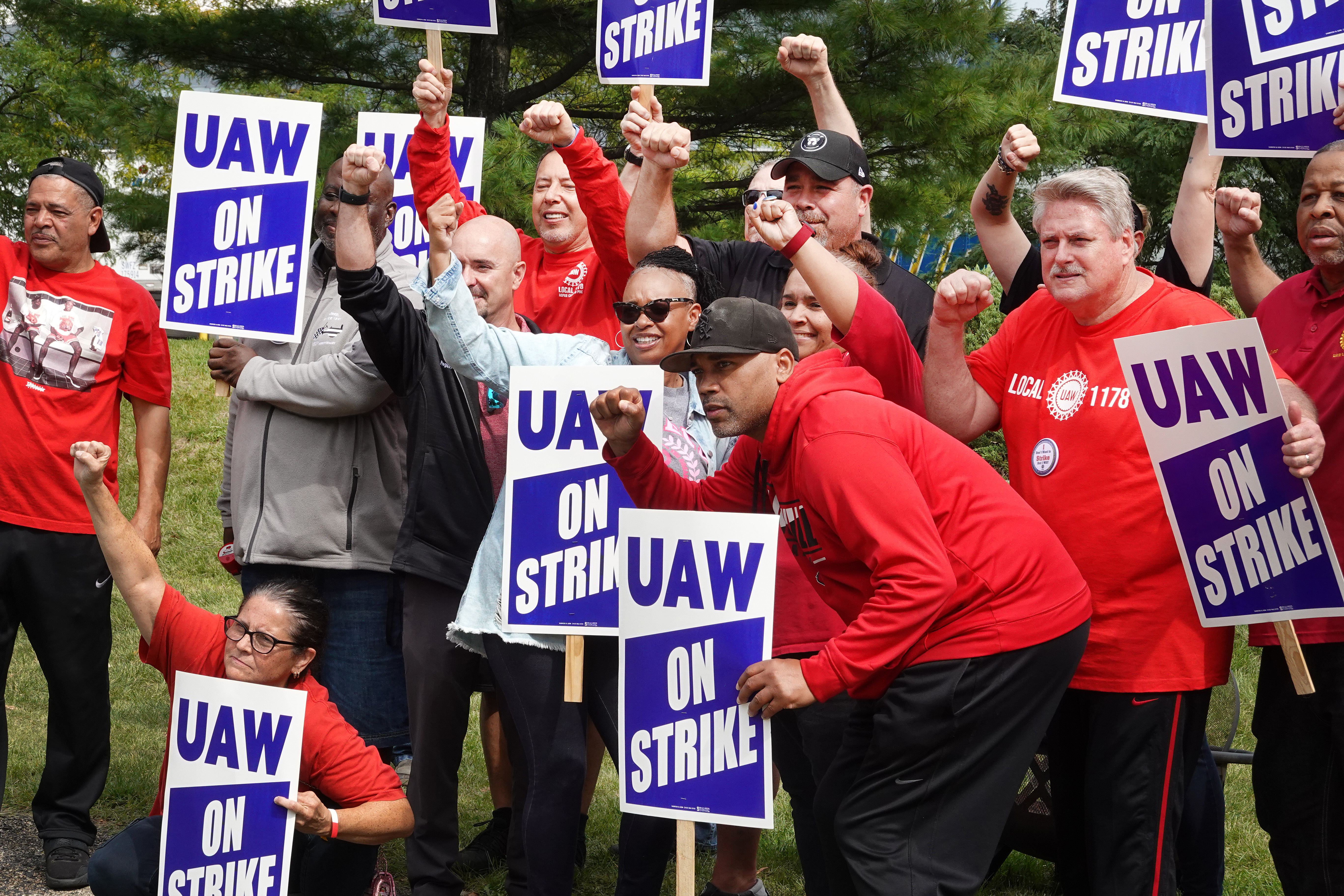
“When we think about strikes, and we think about people who work for [United Auto Workers], Teamsters, the nurses, Starbucks, Amazon … those people are working side by side,” said progressive activist and former politician Nina Turner, who recently founded workers’ rights organization We Are Somebody.
“Some of them are Republicans. Some of them are Democrats. Some of them support Trump. Some of them support Biden, Obama … Sanders.”
That solidarity could help transform America’s economy and racial politics at a time when the wealth gap between the super-wealthy and working-class citizens continues to widen.
In the same year that the COVID-19 pandemic collapsed the U.S. economy, disproportionately impacting low-wage, essential workers and Black and brown people, America’s super wealthy got richer.
In his first joint address to Congress in April 2021, President Joe Biden denounced the fact that 650 billionaires in America saw their net worth increase by more than $1 trillion. A report from Oxfam found that billionaires worldwide saw their wealth increase by $3.9 trillion.
“Workers understand the profits these corporations have gained over the years off the backs of workers — not just the corporations themselves, but the CEOs,” said Robin Williams, an NAACP board member and chair of the organization’s committee on labor. “Workers are sick and tired of the lies and taking the cutbacks and concessions to keep their corporations going.”
In the midst of stubborn inflation, Williams said, “The quality of life has not gotten better for workers, and that’s why they are taking to the streets — Black, white and brown.”
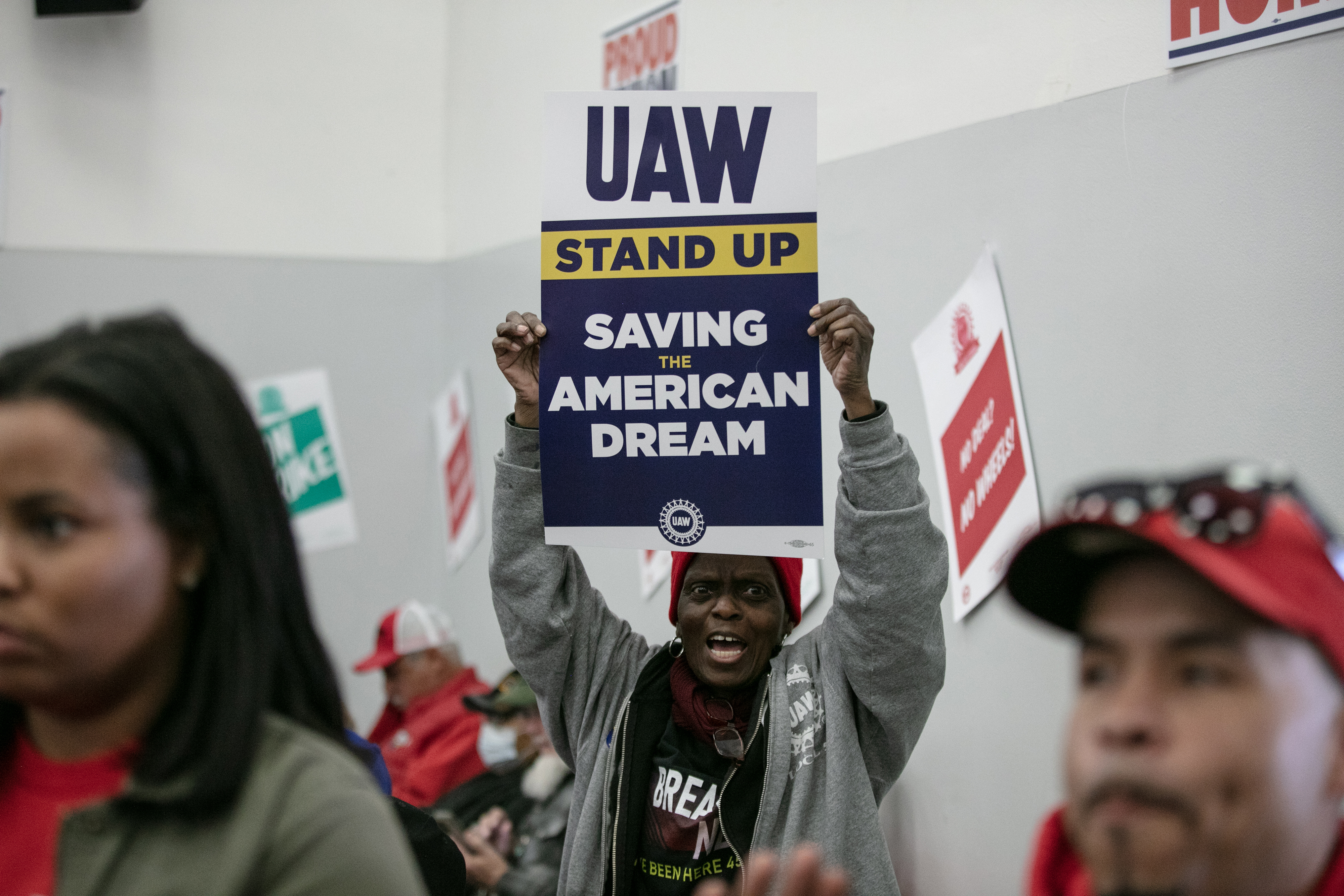
While hitting the pavements to strike in the name of a shared economic agenda, activists say Black and white workers are also presented with the opportunity to see a common enemy in the rich and powerful.
“The best way to bring Black workers and white workers together — and I learned just organizing the South — is to show the white workers that they are getting screwed just as bad as the Black workers,” Williams said.
Turner, a former Ohio state senator, also has experience in high-profile campaigns as a surrogate for the presidential campaign of U.S. Senator Bernie Sanders, the independent from Vermont who twice sought the Democratic Party’s nomination.
“They have to come together, regardless of political ideology, and say that we’re catching the same type of hell and that in order for us to overcome this, we gotta come together,” Turner said.
“Who we voted for, which side of the aisle we rocking with is of no consequence,” she continued. “We need to rock with … politicians who are rocking with us … to increase our wages, our benefits and to change our work conditions.”
But in order to bring meaningful change to the U.S. economy and disrupt the share of wealth, Turner said the current battle for workers’ rights must be waged through a racial justice lens.
“When we deal with racism and anti-Blackness, you can get to the core root of class and classism. Those two things are not in competition,” she said. “Looking at justice through an economic justice lens also forces us … to look at it through the lens of race.”
While Turner argued that the issue of income inequality in America is bigger than political parties, she took aim at Republicans for being “faux populous” while passing legislation that would weaken labor rights and fanning the flames of racism.
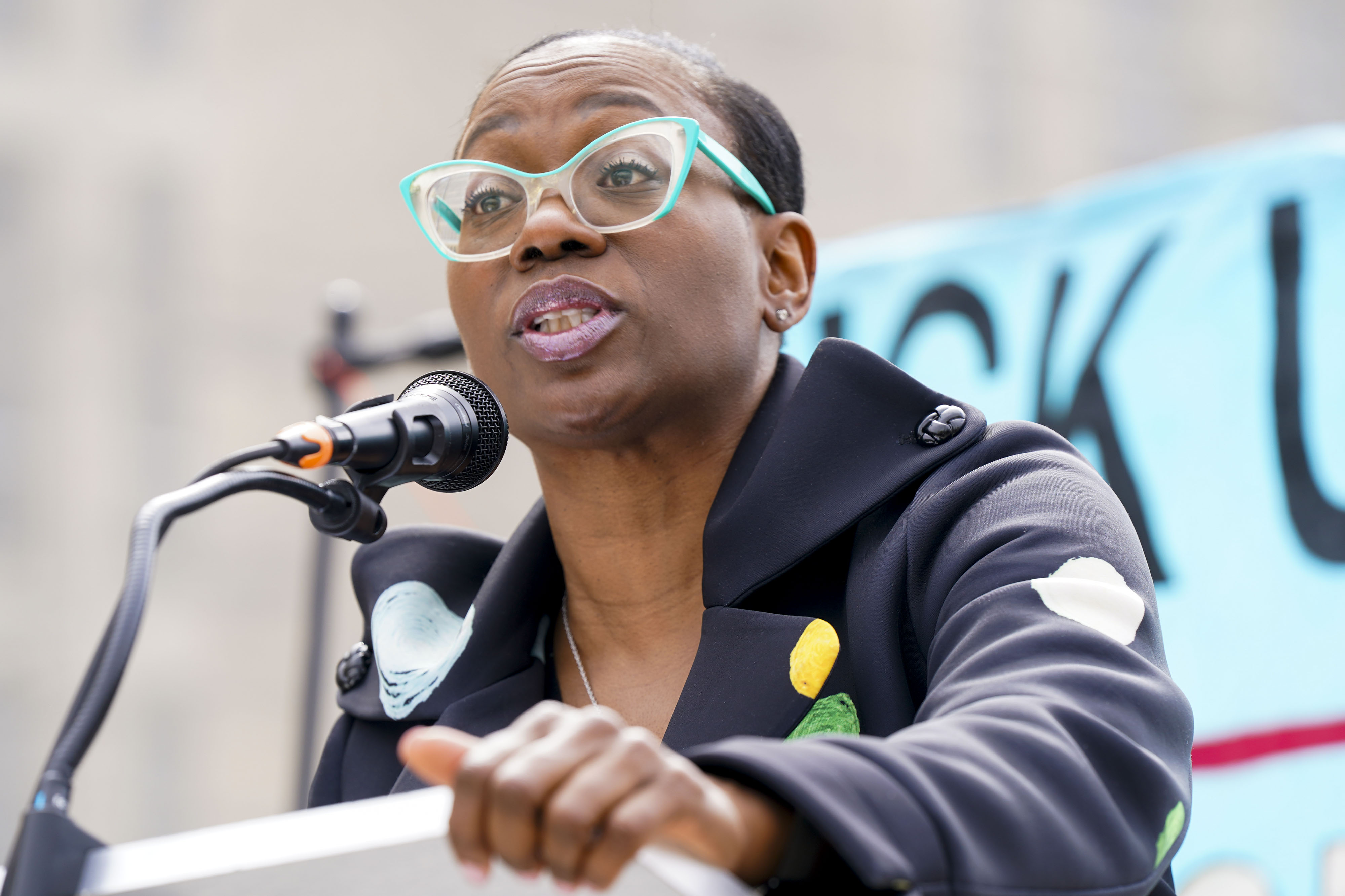
“They are not only against unions, but they throw up critical race theory or wokeness,” she argued. “All that stuff is a dog whistle, a bullhorn that strikes at the heart of some working-class white people who sometimes don’t necessarily understand because they’re being led astray by people with fancy titles.”
Over the decades, white working-class voters gradually moved away from the Democratic Party and toward the Republican Party. While the share of Republicans who are white and working class increased throughout modern history, a report from Vanderbilt University found that that share stayed constant during the presidency of Donald Trump.
Williams of the NAACP pointed out that in addition to cutting taxes for the rich, Trump used race to divide communities and voters with “discrimination tactics,” like saying, “immigrants are coming in and taking our jobs” and using rhetoric akin to a “them versus us.”
Nearly three years since Trump left office, Williams believes President Biden was “the right person for working people.”
“Those white workers that had all these empty promises, they realized that those were not going to be fulfilled,” she said. “What have [Republicans] done for workers?”
On the contrary, Williams praised Biden for signing into law the $1.2 trillion Infrastructure Investment and Jobs Act, the nearly $1 trillion Inflation Reduction Act and the $280 billion CHIPS and Science Act — all of which invest in unions and the creation of what the Biden-Harris administration often calls “good-paying union jobs.”
“I knew that he was the one that can bring those white workers and Black and brown workers to a common ground of dignity in our communities and dignity in the workplace,” Williams said of Biden, who became the first sitting president to cross a picket line when he joined striking auto workers in Michigan last month.
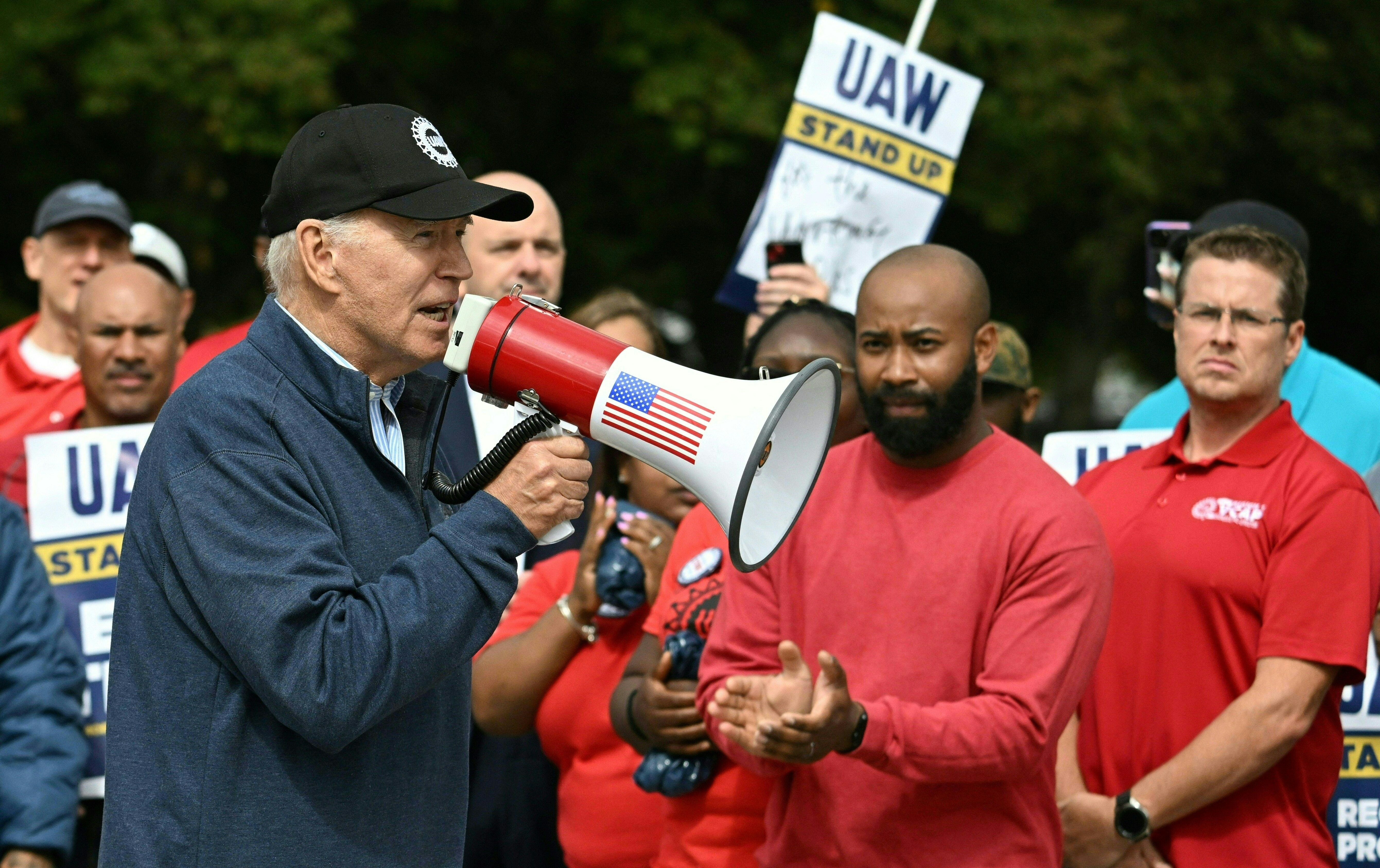
“Not that Biden, or any party, is the true savior of working people, but I think those struggles brought workers back together,” she added. “No matter how the economy looks, Biden has done more for workers than the Republicans did in the last four years.”
Turner noted that union laborers who are on strike will ultimately benefit all U.S. workers, pointing to Elon Musk’s recent pay raise for Tesla workers as an example.
“They didn’t get a raise out of the kindness of Elon Musk’s heart. They got a raise because UAW workers are out there striking, and that really caused Elon Musk to understand he ain’t want none of that,” Turner said.
“We know the vast majority of Americans are not in unions, but the most important point is that working-class people must form solidarity, unionized and non-unionized.”
Williams hopes that as workers of all races come together, they begin to “see each other and understand each other’s struggles.”
“We have so much common victory together, but we also have a common future of changing the laws and policies and practices of this country,” she said.
Turner said the country needs “leaders in the House of Labor as they’re fighting for these class issues to reinforce the need to be in solidarity with people of color” because “when the Black struggle for liberation is lifted, everybody is liberated.
“We rise and we fall together, and you have to have a consciousness when it comes to understanding the dynamics of racism,” she added. “Anti-Blackness in this country is at the core of all the other -isms in the United States of America.”
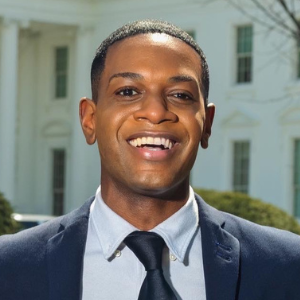
Gerren Keith Gaynor is a White House Correspondent and the Managing Editor of Politics at theGrio. He is based in Washington, D.C.
TheGrio is FREE on your TV via Apple TV, Amazon Fire, Roku, and Android TV. Please download theGrio mobile apps today!
The post Black and white workers on strike have common enemy, activists say appeared first on TheGrio.











